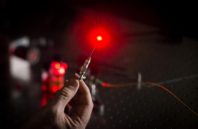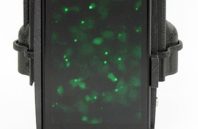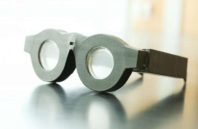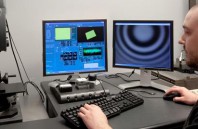New research provides scientists looking at single molecules or into deep space a more accurate way to analyze imaging data captured by microscopes, telescopes and other devices. The findings, provides a mechanism known as single-pixel interior filling function, or SPIFF,...
Read more
New Method Improves Accuracy Of Imaging Systems


 (585) 768-2513
(585) 768-2513









